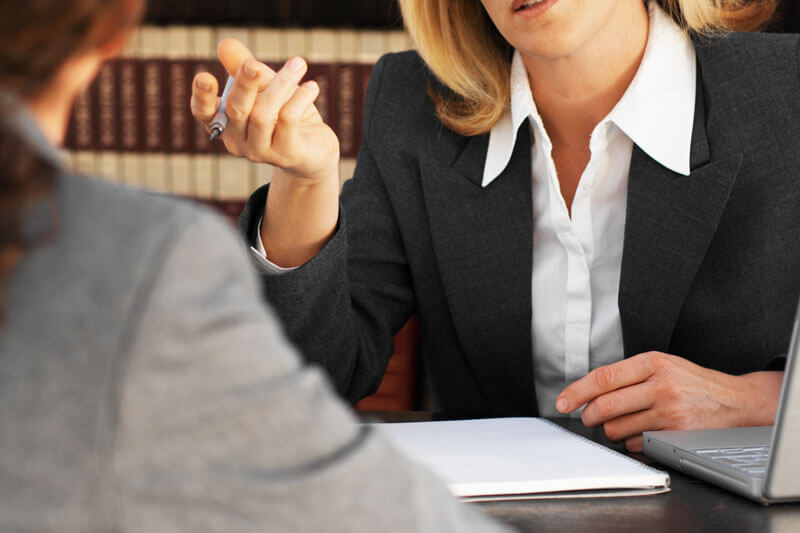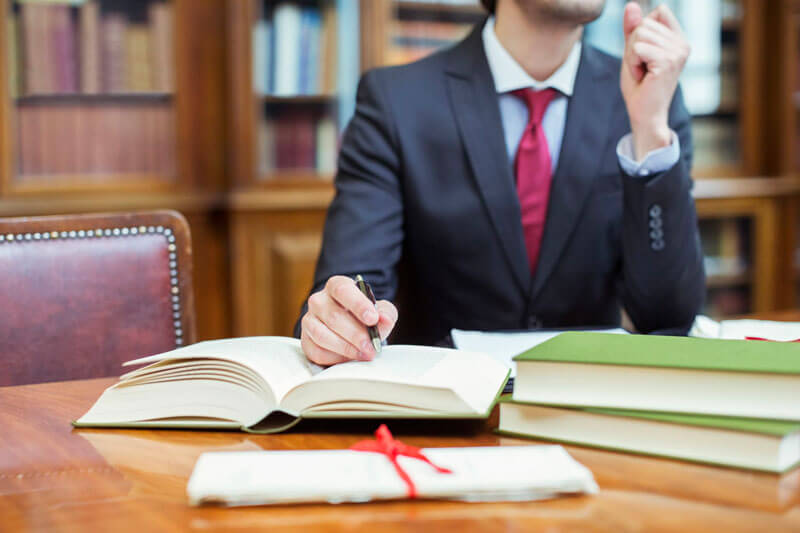A slip and fall accident can happen in an instant, often without warning, yet its consequences can be life-altering. These incidents, which involve losing balance and falling due to hazardous conditions, are a significant cause of injuries and can lead to complex legal situations. Understanding what constitutes a slip and fall accident, its common causes, the types of injuries it can inflict, and the legal avenues available for recovery is crucial for anyone who has experienced or wishes to prevent such an event. This comprehensive guide will delve into the multifaceted world of slip and fall accidents, providing essential information to help you navigate the aftermath and protect your rights.
Understanding Slip and Fall Accidents: Definition and Scope
A slip and fall accident is a specific type of personal injury incident that occurs when an individual loses their footing and falls due to a dangerous or hazardous condition on someone else’s property. These incidents fall under the broader category of premises liability law, which holds property owners responsible for maintaining a safe environment for visitors. While the term “slip and fall” is commonly used, it encompasses a range of falling incidents, each with its own nuances.
What is a Slip and Fall Accident?
At its core, a slip and fall accident happens when a person’s foot loses traction with the walking surface, causing them to fall. This loss of traction can be due to a variety of factors, such as wet floors, icy patches, spilled liquids, or highly polished surfaces without adequate warning. The key element is that the fall is caused by a condition on the property that the property owner either knew about or should have known about, and failed to address. The resulting injuries can range from minor bruises to severe, life-altering conditions, making the legal implications of a slip and fall accident significant [1].
Distinguishing Slip, Trip, and Fall Incidents
While often used interchangeably, there’s a subtle but important distinction between a “slip,” a “trip,” and a “fall”:
- Slip: Occurs when there is too little friction or traction between a person’s foot and the walking surface. This often happens on wet, oily, or icy surfaces, or on highly polished floors.
- Trip: Happens when a person’s foot strikes an object or an uneven surface, causing them to lose balance and fall. Common tripping hazards include uneven sidewalks, loose rugs, clutter, or exposed wires.
- Fall: This is the ultimate outcome of both a slip and a trip. A fall can also occur independently, such as from a height (e.g., down stairs or from a ladder), which are often categorized as elevated falls.
Understanding these distinctions can be important in determining the cause of the slip and fall accident and establishing liability.
The Prevalence and Impact of Falls
Falls, including slip and fall accidents, are a leading cause of injury and death, particularly among older adults. According to the National Safety Council, falls are a major public health concern, with thousands of workers killed in falls on the same level annually [2]. Beyond the workplace, falls are a common occurrence in public spaces, commercial establishments, and private residences. The impact of these incidents extends beyond physical injury, often leading to emotional distress, financial burdens due to medical expenses and lost wages, and a significant reduction in quality of life. The widespread nature of slip and fall accidents underscores the importance of both preventative measures and effective legal recourse for victims.
Common Causes of Slip and Fall Accidents
A slip and fall accident is rarely truly accidental; instead, it is typically the result of hazardous conditions that could and should have been prevented or addressed. Understanding the common causes of these incidents is crucial for both victims seeking justice and property owners aiming to maintain safe premises. These causes often stem from negligence in property maintenance or a failure to warn visitors of potential dangers.
Hazardous Surfaces: The Primary Culprits
The most direct cause of a slip and fall accident often involves the walking surface itself. When surfaces lack adequate traction or are improperly maintained, the risk of a fall dramatically increases.
Wet or Slippery Floors: Spills, Leaks, and Weather Hazards
Wet or slippery floors are perhaps the most common cause of a slip and fall accident. This can be due to:
- Spills: Liquids like water, oil, food, or cleaning solutions that are not promptly cleaned up in grocery stores, restaurants, or other commercial establishments.
- Leaks: Water leaks from plumbing, roofs, or refrigeration units that create puddles or damp areas.
- Weather Hazards: Rain, snow, and ice tracked indoors from outside, or accumulated on outdoor walkways, sidewalks, and parking lots. Property owners have a responsibility to clear these hazards or provide adequate warnings [3].
- Highly Polished or Waxed Floors: Surfaces that are excessively waxed or polished can become dangerously slippery, especially if not properly maintained or if appropriate non-slip treatments are not applied.
Uneven or Damaged Surfaces: Potholes, Cracks, and Loose Flooring
Variations in walking surfaces can easily lead to a slip and fall accident or a trip and fall. These include:
- Potholes and Cracks: In parking lots, sidewalks, or walkways that are not repaired.
- Uneven Pavement or Flooring: Differences in elevation between floor tiles, concrete slabs, or sections of carpet.
- Loose Mats or Rugs: Floor coverings that are not properly secured and can slide or bunch up.
- Broken or Uneven Steps: Stairs that are damaged, have inconsistent risers, or lack proper treads.
Cluttered Walkways and Obstructions
Obstacles left in pedestrian pathways create significant tripping hazards. This can include:
- Merchandise or Boxes: Left in aisles of stores.
- Cables or Wires: Running across floors in offices or public spaces without proper covering.
- Debris: Construction materials, discarded items, or other clutter that obstructs a clear path.
Environmental Factors: Beyond the Surface
Beyond the immediate walking surface, broader environmental conditions can also contribute to a slip and fall accident.
Poor Lighting: Dimly Lit Areas and Inadequate Illumination
Insufficient lighting can obscure hazards, making it difficult for individuals to see changes in elevation, spills, or obstructions. This is particularly dangerous in stairwells, parking garages, and dimly lit corridors. Property owners have a duty to ensure adequate lighting in areas accessible to the public.
Adverse Weather Conditions: Ice, Snow, and Rain
While weather itself is not negligence, a property owner’s failure to reasonably address weather-related hazards can lead to a slip and fall accident. This includes not clearing snow and ice from sidewalks and entryways, or not placing warning signs for wet floors during rainy conditions.


